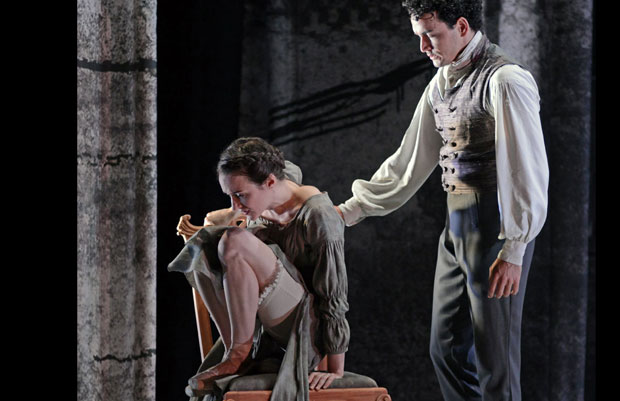
© Dave Morgan. (Click image for larger version)
Northern Ballet
Jane Eyre
★★★★✰
London, Richmond Theatre
31 May 2016
Gallery of pictures by Dave Morgan
www.northernballet.com
If you want to see a textbook example of how to reconfigure a novel for the dance stage, you won’t find many better than Cathy Marston’s adaptation of Jane Eyre. Marston has stripped the bulky classic down to its basics, streamlined the narrative, and then set about the task of making the characters and their clearly expressed emotions lead us through the story. Each element is considered and has earned its spot, ensuring the piece retains an elegant flow throughout with no need for clunky signposting. That in itself is a joy.

© Dave Morgan. (Click image for larger version)
The set for Northern Ballet’s touring production is similarly pared back, with sketchy but effective representations of the places Jane passes through achieved with backcloths and minimal props. And the commissioned score, by Philip Feeney, combines original music with 19th-century work by, among others, Schubert and Fanny Mendelssohn, which gives a convincing sense of time and place.
Marston’s interpretation of Charlotte Bronte’s most famous book has Jane Eyre’s fiery determination front and centre of the story. Her struggle for parity, dignity and independence gets a very direct physical manifestation in the shape of Marston’s D-Men, an amorphous group of male dancers who regularly appear, like a malign, oppressive force, to trip her up, block her path, hold her back and try to suppress her.
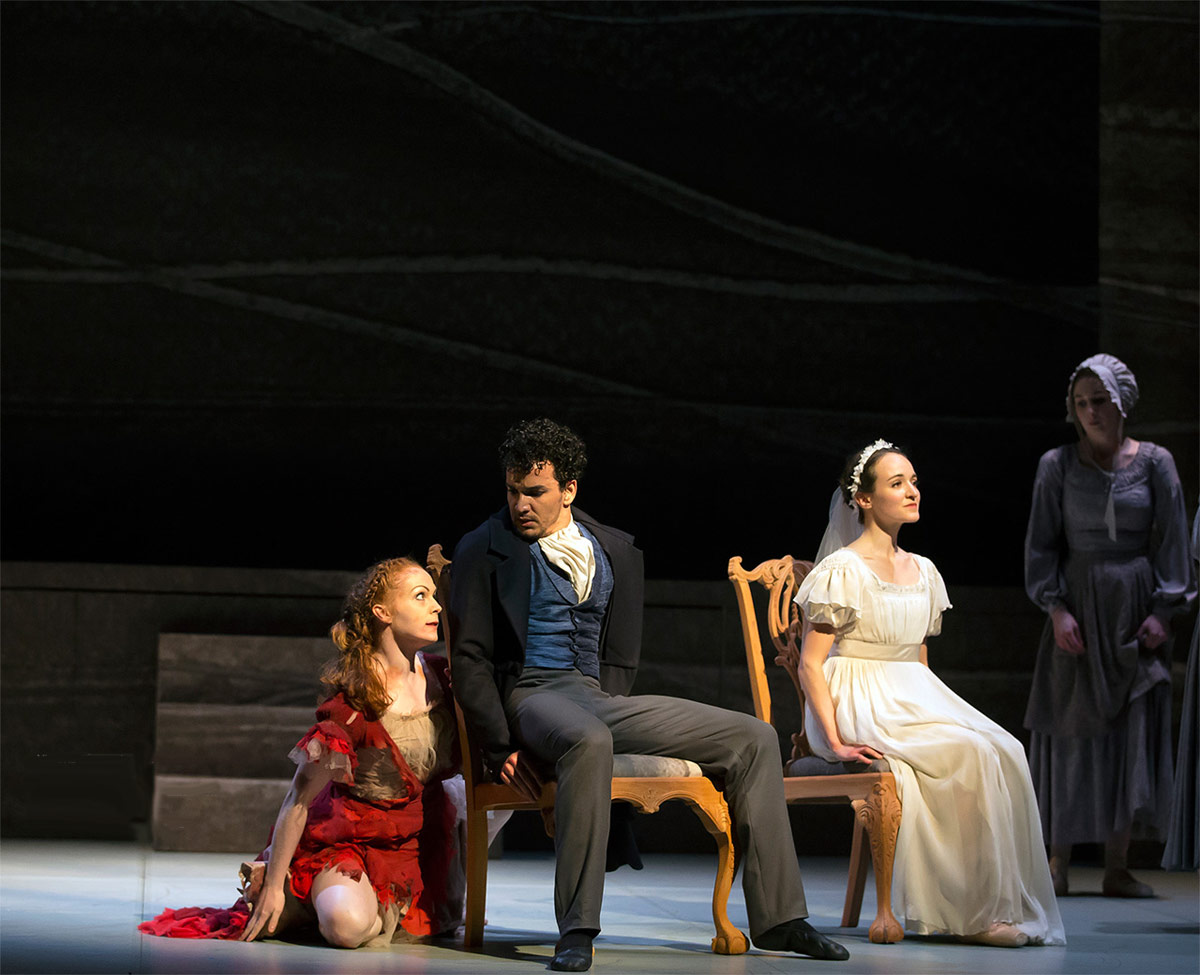
© Emma Kauldhar. (Click image for larger version)
It means Jane, danced with spark and flair by Dreda Blow, is hardly ever at rest; in fact, there’s always a lot of motion on the stage, and busy choreography for the dancers, which within the confines of the small Richmond Theatre stage looked a bit choppy; if you’re nervous of ending up in the orchestra pit, though, it’s maybe not surprising some of your moves will lack a crisp finish.
Marston’s detailing does pay dividends for the characters around Jane. Pippa Moore’s Mrs Fairfax, the Thornfield housekeeper, becomes a twittering, bustling, lightly comic figure, all tottering pointework and birdlike head jabs. Jessica Morgan’s Grace Poole has a slouching sullenness; Victoria Sibson’s Bertha Mason is a sinuous, menacing, horror-movie figure; while Jeremy Curnier dances St John Rivers with a perfect pernickety exactitude. It’s just a shame they’re all dressed in such bland, beige-dominated costumes.
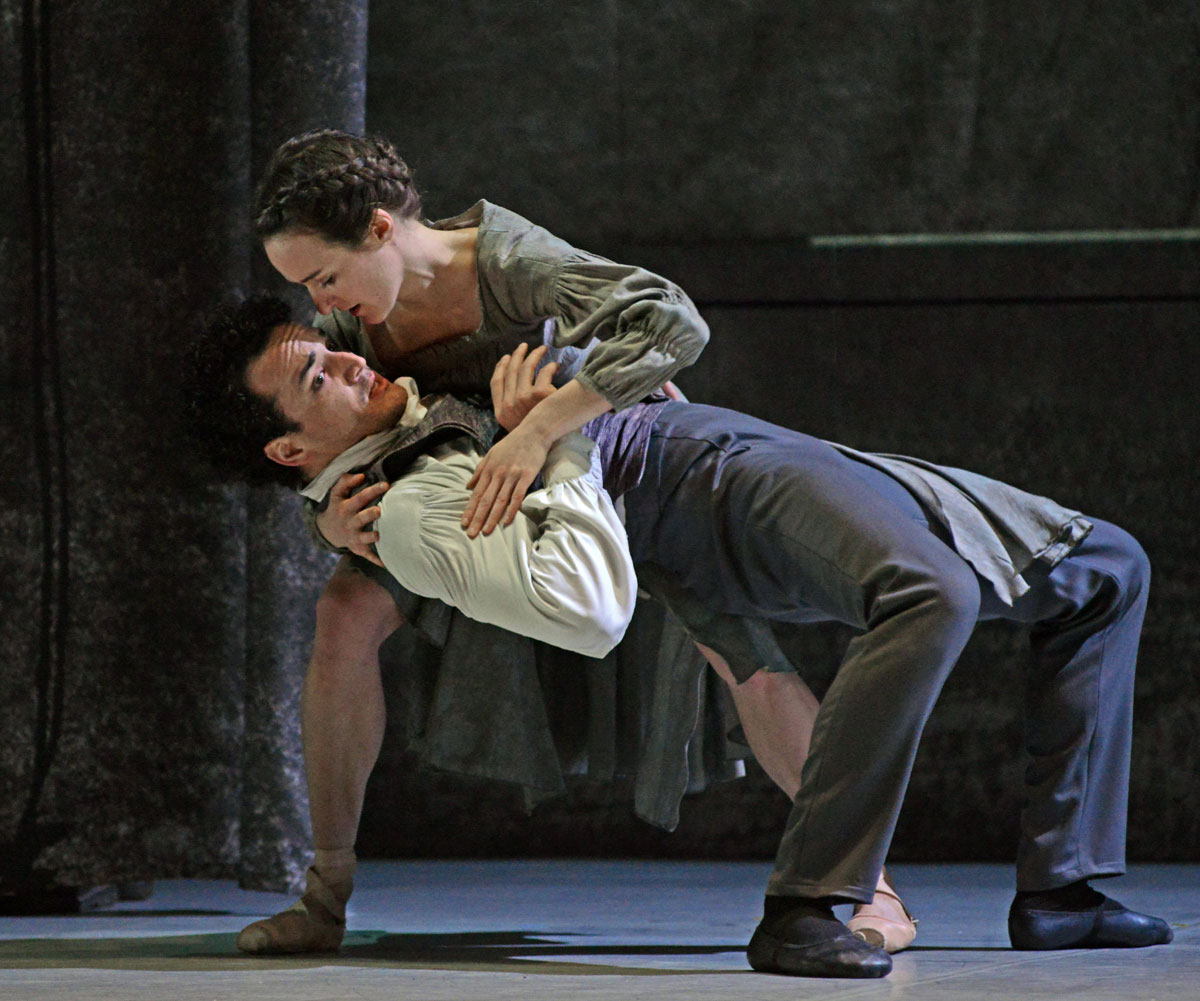
© Dave Morgan. (Click image for larger version)
And what of Rochester? The young Cuban dancer Javier Torres is less a man with the weight of the world on his shoulders, more a headstrong, egotistical aristo, who, slouched in his throne-like chair, legs apart, will hold out one flexed foot to stop Jane leaving the room. But in their pas de deux he and Blow shape their differing energies into powerful evocations of passion, and their final duet, when Rochester is blinded and broken, is truly touching, particularly as Jane can at last stand apart and in front as the curtain falls, an independent woman at last.







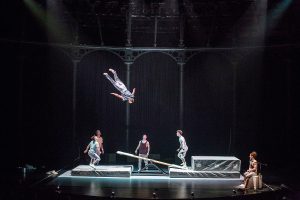
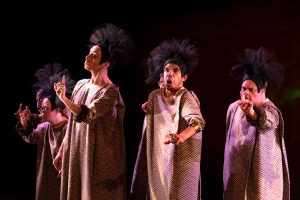
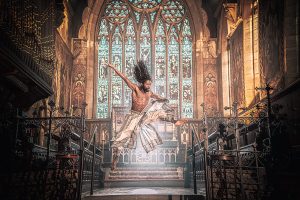

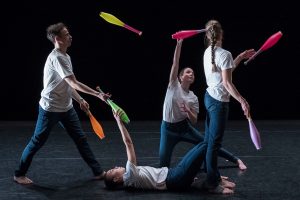
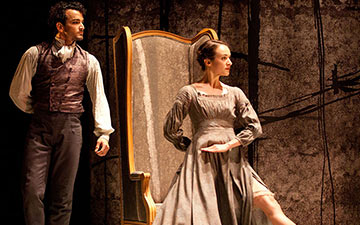
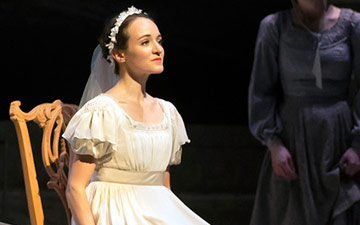
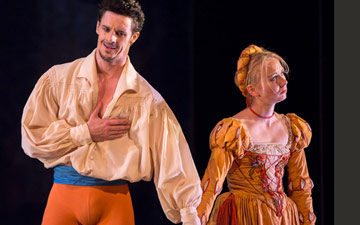
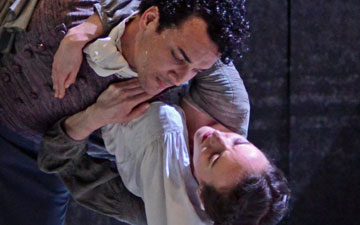

You must be logged in to post a comment.